
How to Incorporate Moisturiser For Oily Acne Prone Skin In Your Daily Skincare Routine
Let’s face it: Oily skin is one of the most common skin conditions. Whether you are trying to get rid of oily skin due to its shiny glow or pimples, one thing is true—it's challenging. But hey, relax!
The good news? You can make small changes in your skincare routine to get rid of oily, acne-prone skin. These changes can lower the amount of oil on your skin and give you a healthier look.
What is oily acne-prone skin?
For starters, oily acne-prone skin is characterised by an excess production of sebum, which is the oil that your skin naturally produces. This excess oil can lead to clogged pores and breakouts, making it difficult to achieve a clear complexion.
When you have oily acne-prone skin, you will notice that your skin may look greasy, especially in the T-zone (forehead, nose, and chin). You may also experience frequent breakouts, including blackheads, whiteheads, and pimples.
To combat these issues, it's important to have a skincare routine that's tailored to your needs. This may include using products that are designed to control oil production, exfoliate dead skin cells, and unclog pores.
Different types of moisturisers for oily acne-prone skin
Choosing the right moisturiser for oily, acne-prone skin can be a tricky task. But don't worry, We’re here to help!
There are many different types of moisturisers. So, it's important to choose one that's specifically designed for your skin type. Here are a few types that you might find useful:
- Lightweight lotions: These are ideal for those who have oily skin. They're light in texture and won't leave your skin feeling greasy or heavy.
- Oil-free gels: These are perfect for oily, acne-prone skin as they usually contain fewer ingredients that can clog pores.
- Mattifying moisturisers: Ideal for those with combination skin, mattifying moisturisers are made to reduce excess oil on the skin, leaving your face looking matte and shine-free.
- Water-based moisturisers: These are great for those with oily skin as they're lightweight and won't leave any residue behind on your skin.
- Non-comedogenic moisturisers: These moisturisers won't clog your pores, making them perfect for acne-prone skin.
Remember, everyone's skin is unique so it's important to find what works best for you. Don't be afraid to experiment with different types of moisturisers until you find the perfect one for your skin type.
Also read: Moisturiser Uses and Misconceptions: How to use Face Moisturiser?
Benefits of using a moisturiser for acne-prone skin
Using a moisturiser for acne-prone skin may seem counterintuitive, but trust us, it can make a big difference! Wondering why? Let’s find out:
- Reduces inflammation: When you have acne-prone skin, it's important to keep inflammation at bay. Moisturiser can help soothe the skin and reduce redness and irritation.
- Hydrates the skin: Contrary to popular belief, even oily skin needs hydration. And moisturiser can provide that much-needed moisture without clogging pores.
- Prevents scarring: When you pick at your acne, it can leave scars. Keeping your skin moisturised can help prevent scarring by promoting healthy skin cell turnover.
- Improves texture: Acne can leave your skin looking bumpy and uneven. So, use a moisturiser to help improve the overall texture of your skin by providing moisture and helping to smoothen out rough patches.
Overall, using a moisturiser for acne-prone skin can help improve the overall health and appearance of your skin. So go ahead, give it a try!
How to incorporate it into your skincare routine?
1. Apply it to damp skin
Here’s a little secret: It’s not enough to only apply your moisturiser post-cleansing — it’s actually about how you do it. That’s right. So, the first thing you need to do after washing your face, don’t towel-dry it. Instead, apply your moisturiser to damp your skin, which can help lock in hydration.
2. Use a water-based formula
When it comes to using moisturiser, finding the right formula for your skin type is important. Why? Those with oily skin may have different needs than those with dry skin. The best one for oily and acne-prone skin is our Daily Moisturiser With Blue Light Protection as it is a light-weight gel that absorbs into your skin. You can also try our Acne Care and Healing Gel Moisturiser with tea tree and cica as it is a lightweight and non-greasy gel moisturiser that is suitable for all skin types.
We also need to mention about the Acne gel moisturiser too.
3. Try one formulated with SPF
If you’re always in a rush in the mornings, it can be easy to skip out on your sunscreen — which can be detrimental to your skin health. The good news is you don’t have to apply a separate moisturiser and sunscreen. Just reach for a moisturiser that’s formulated with broad-spectrum SPF. Try our “Mineral Matte Tinted Sunscreen”, which is formulated with Tria-DermTM action and broad-spectrum SPF 30.
Tips and tricks to make the most out of your moisturiser
- Apply your moisturiser to damp skin. This will help it to trap moisture in your skin and provide even more hydration.
- Use your moisturiser right after washing your face or taking a shower. This is when your skin is most absorbent and will soak in the moisturiser more effectively.
- When applying moisturiser to your face, try gentle upward strokes. This will help stimulate blood flow and give your complexion a healthy glow.
- Enhance your makeup game effortlessly by blending a dab of moisturiser with your foundation for a seamless, dewy finish that leaves your skin looking hydrated and flawless.
- Experiment with different types of moisturisers to find what works best for your skin type. For instance, if you have dry skin, try a heavier cream-based moisturiser. If you have oily skin, try a lighter gel-based moisturiser.
- Apply moisturiser to your hands, feet, and other dry spots on your body for extra hydration.
- Use SPF moisturiser during the day to protect your skin from harmful UV rays.
- Keep your moisturiser in a cool, dry place to prevent it from going bad or losing its effectiveness.
By following these simple tips and tricks, you can ensure that your moisturiser is working to its full potential and keeping your skin healthy and hydrated.
Also Read: Benefits of Moisturising Acne-Prone Skin
Alternatives to moisturiser
If you're looking for ways to keep your skin hydrated and healthy, there are a few alternatives to moisturiser that you might consider. Here are a few:
1. Dark Spot and Hyperpigmentation Correcting Power Serum
Made with the combination of eight actives and hero ingredients like Tranexamic Acid, Niacinamide, Alpha Arbutin & Vitamin C, Dark Spot and Hyperpigmentation Correcting Power Serum reduces the appearance of dark marks, improves brightness, and minimises the recurrence of discoloration.
2. Overnight Acne Spot Corrector
An overnight pimple remedy like this corrector of ours is suitable for everyone, regardless of skin type. Yes, it is an overnight treatment that works for everyone and prevents breakouts. But hey, if you want to use our product when you are pregnant, consult your doctor and gynaecologist beforehand.






















































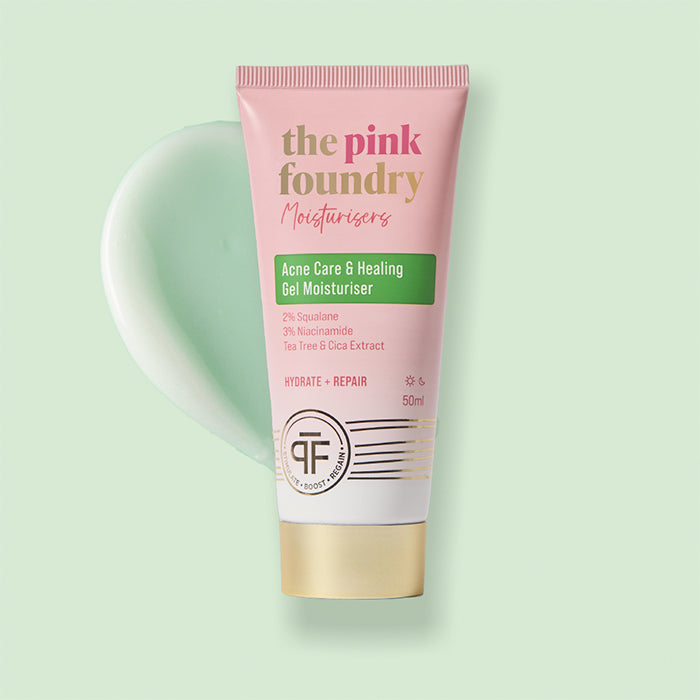
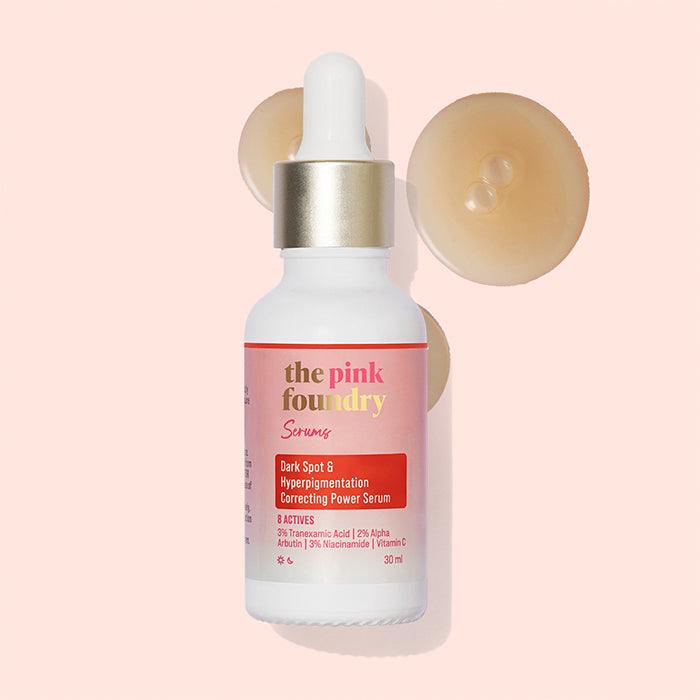

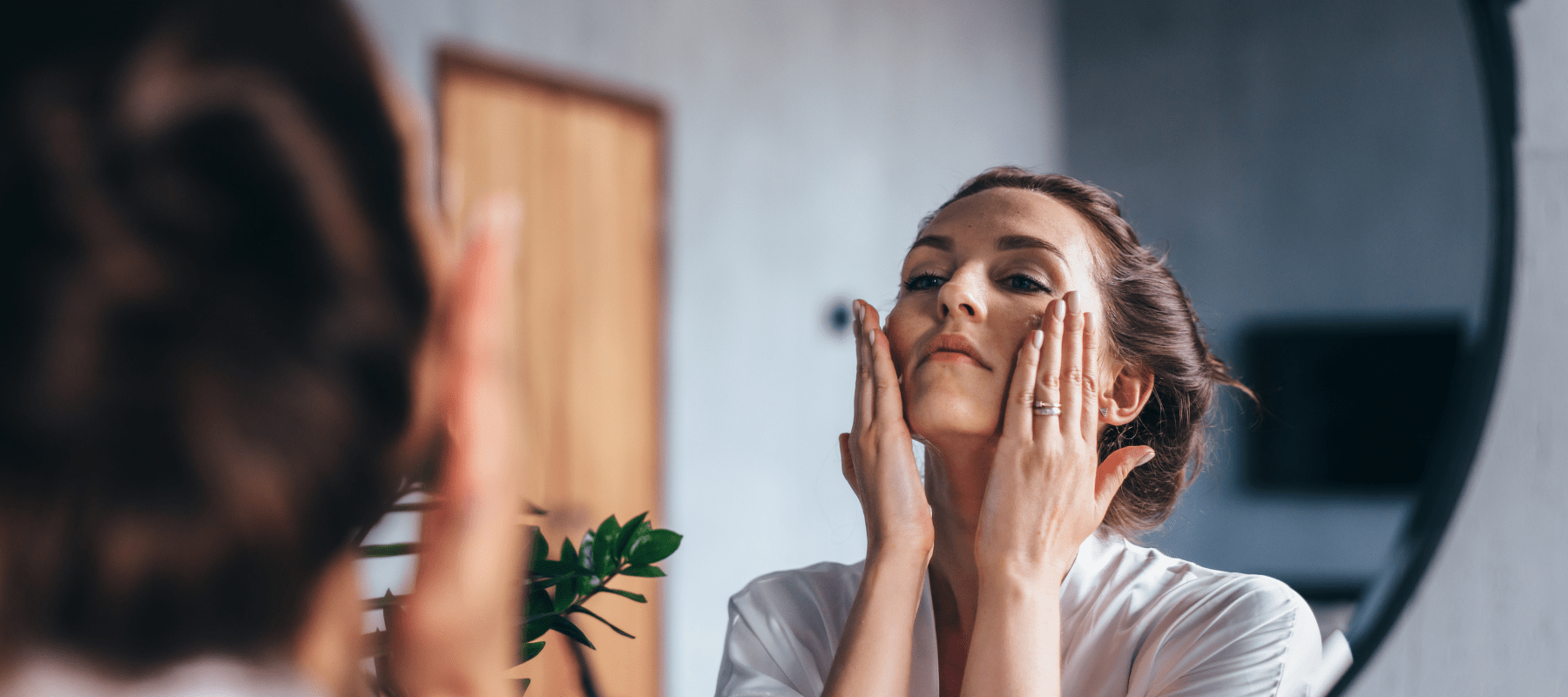
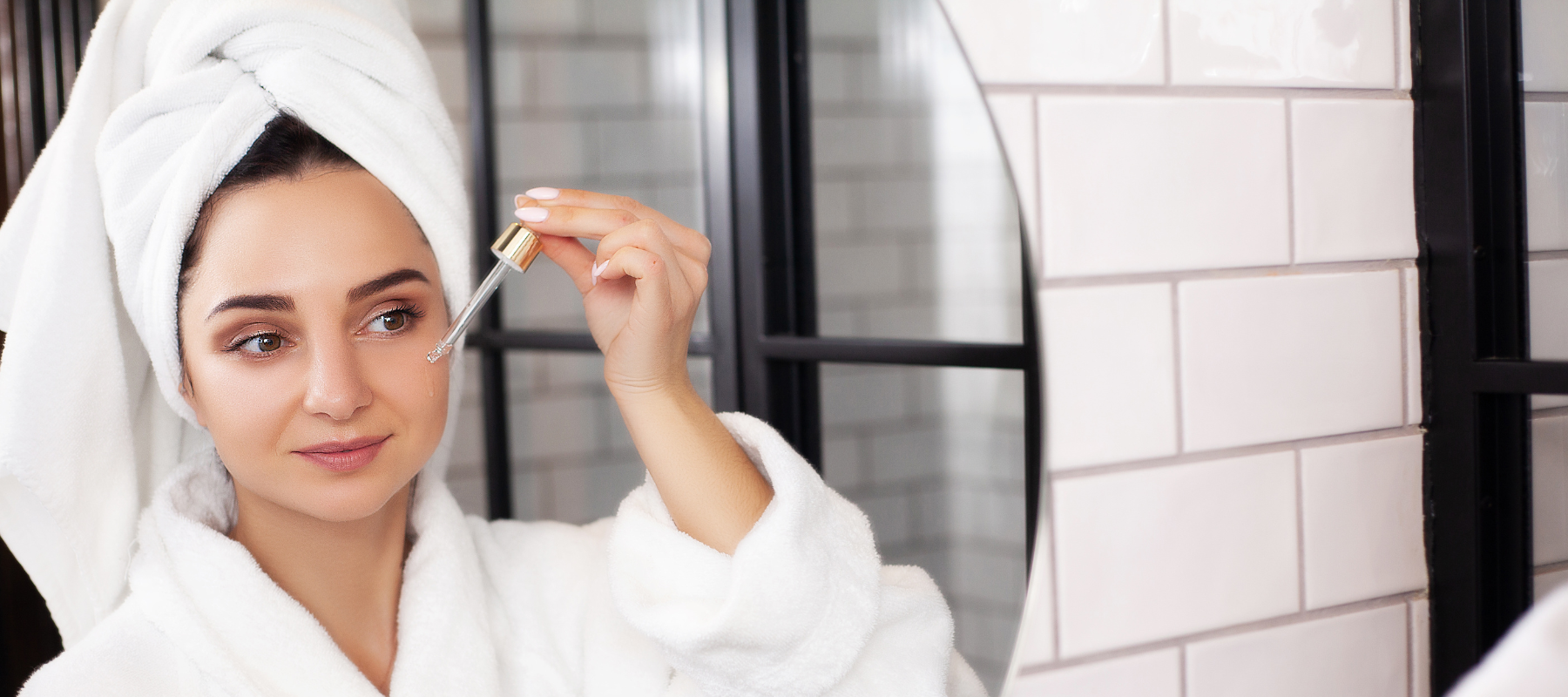
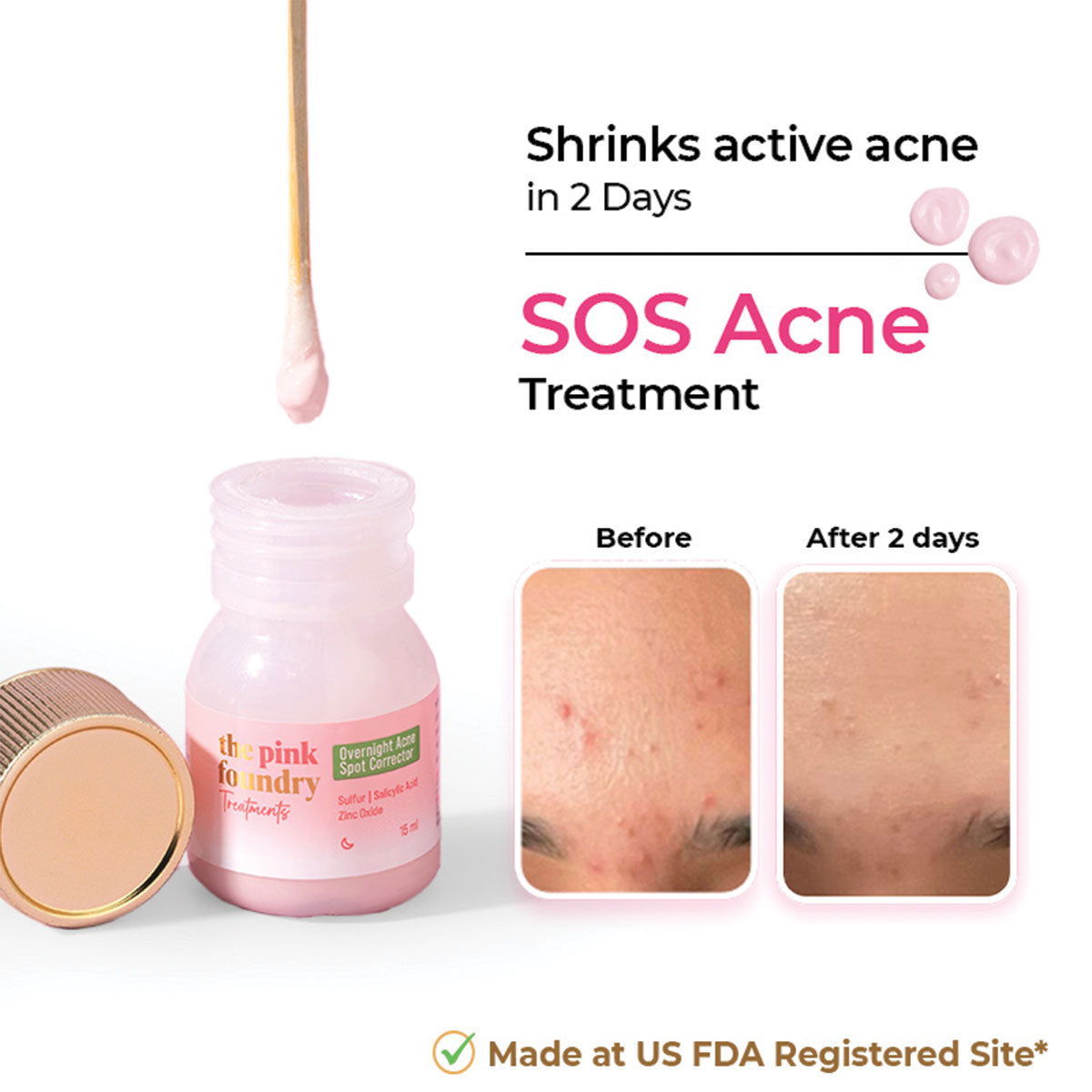
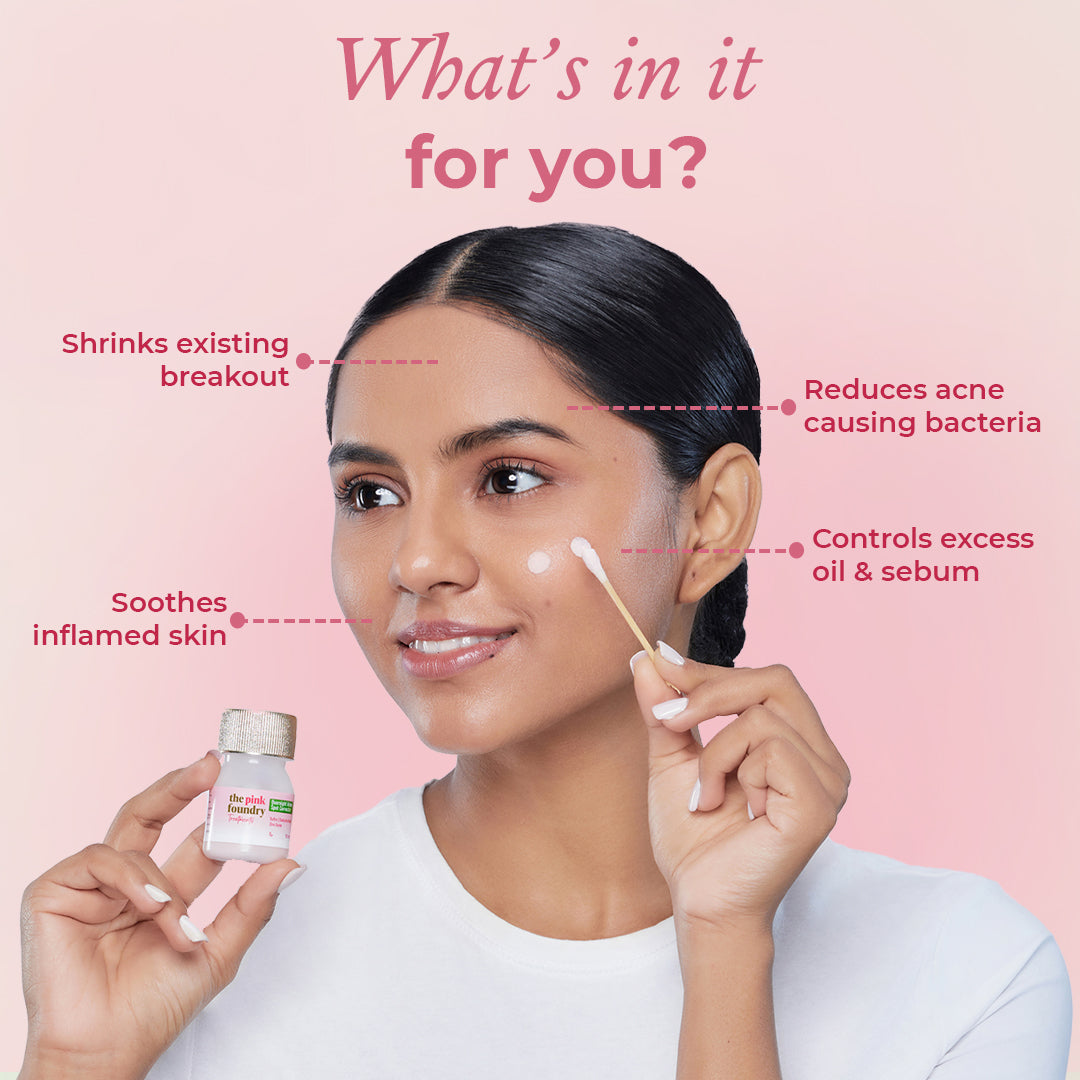
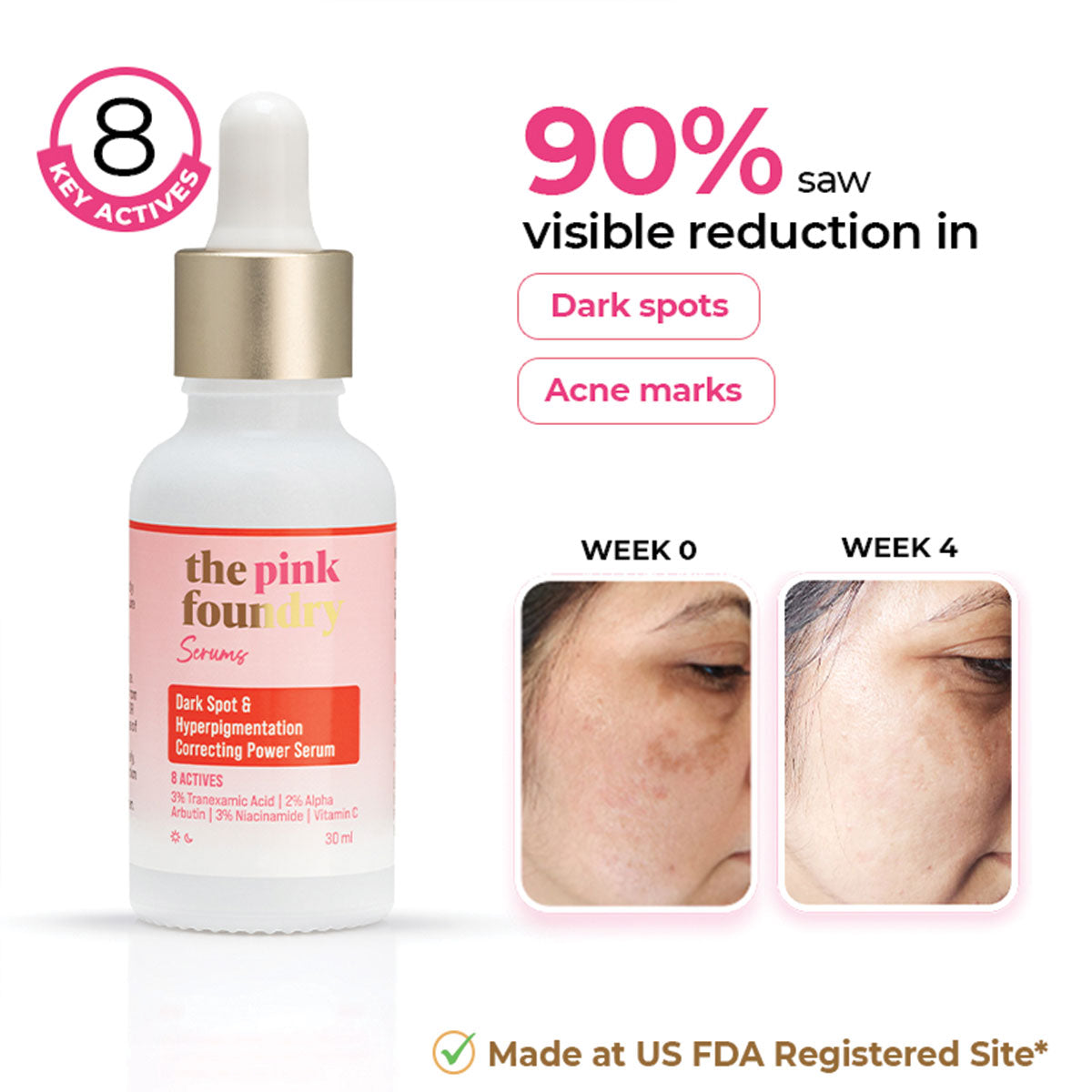
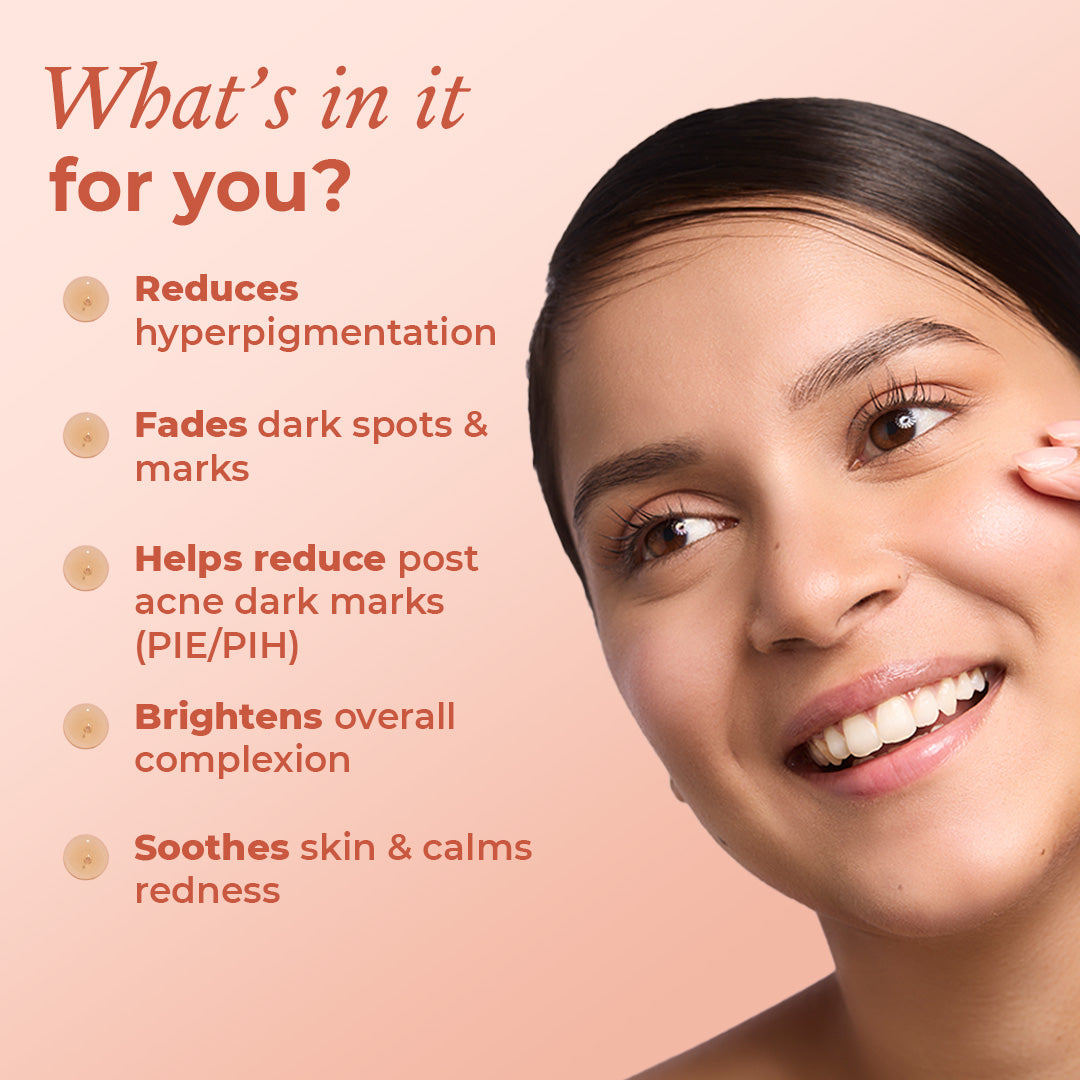
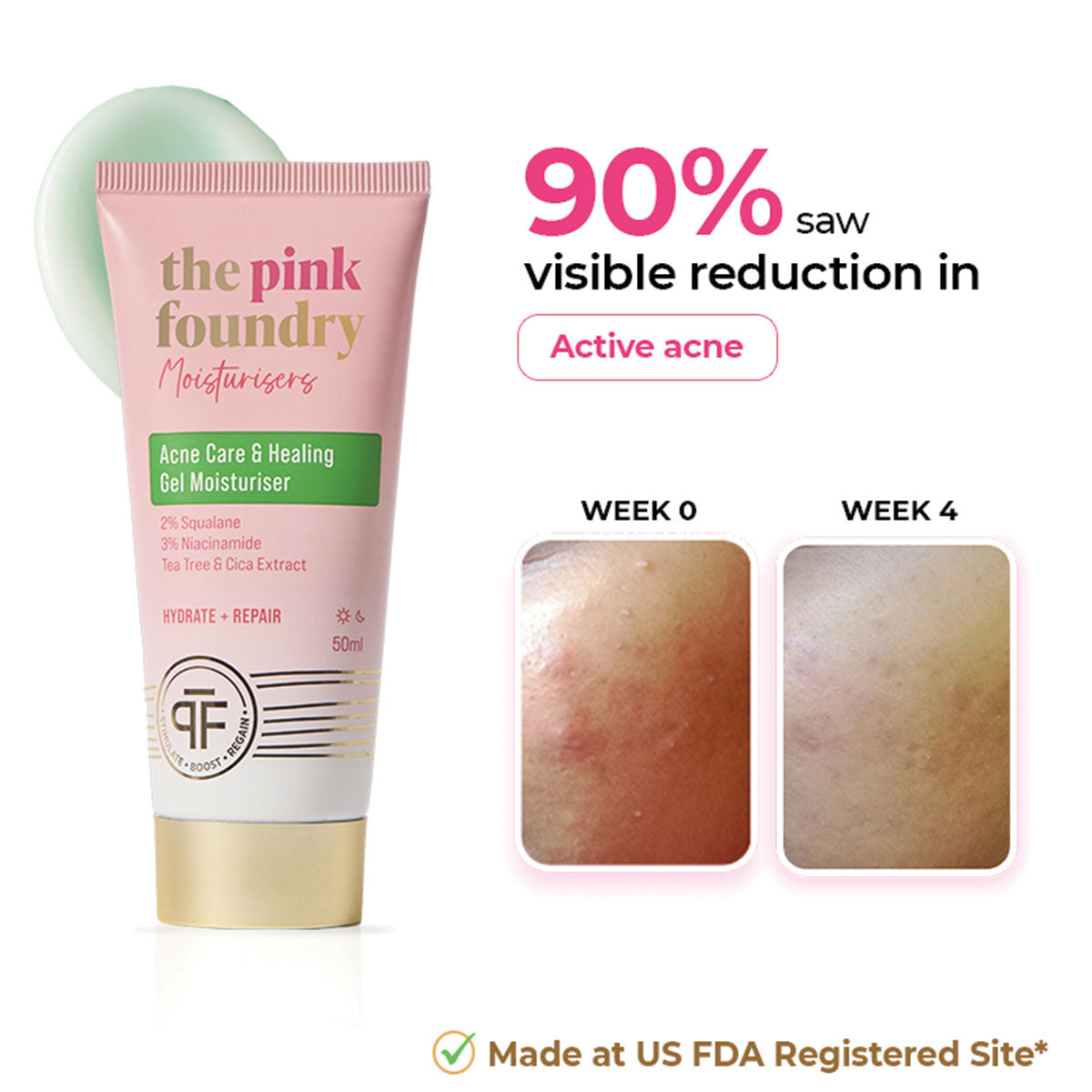
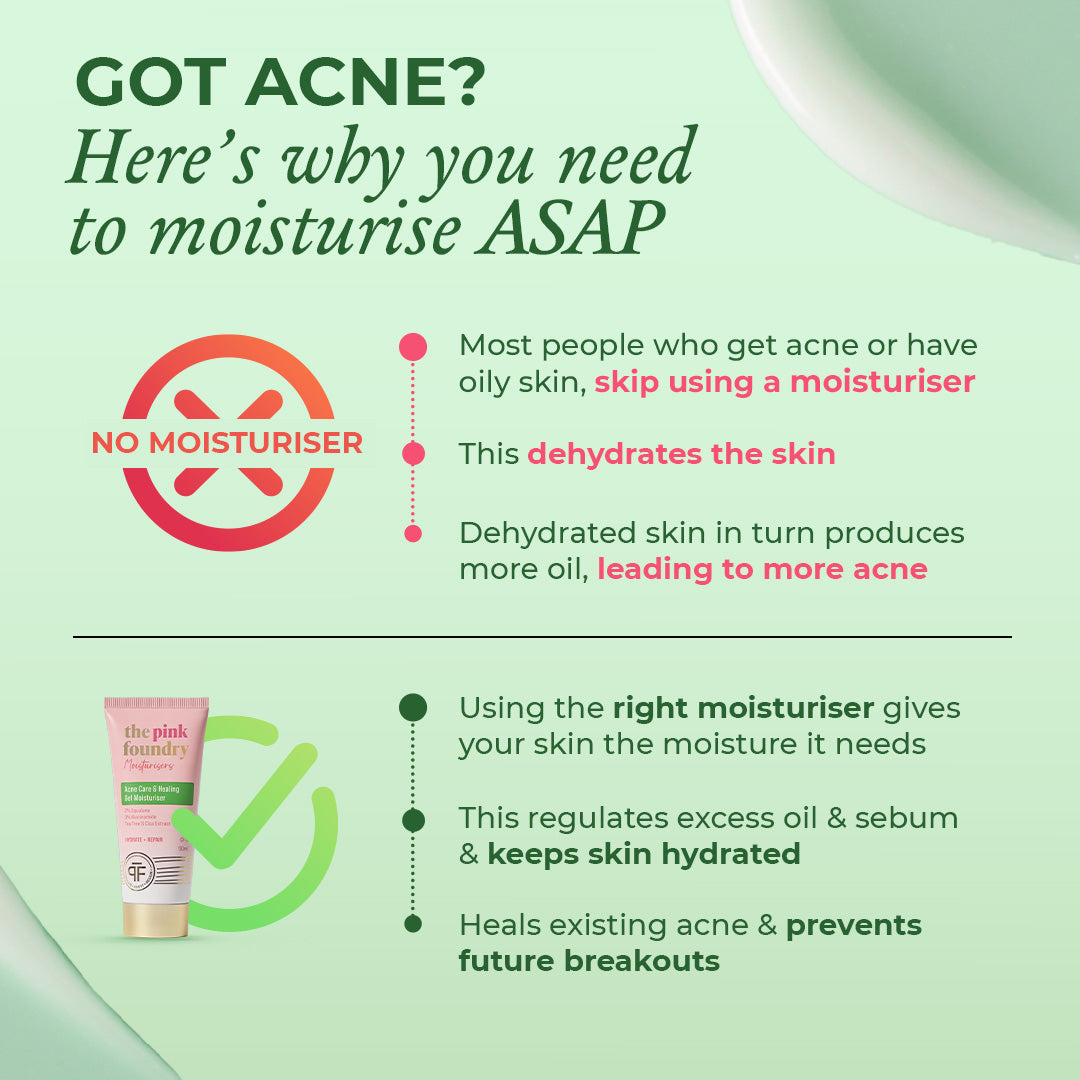
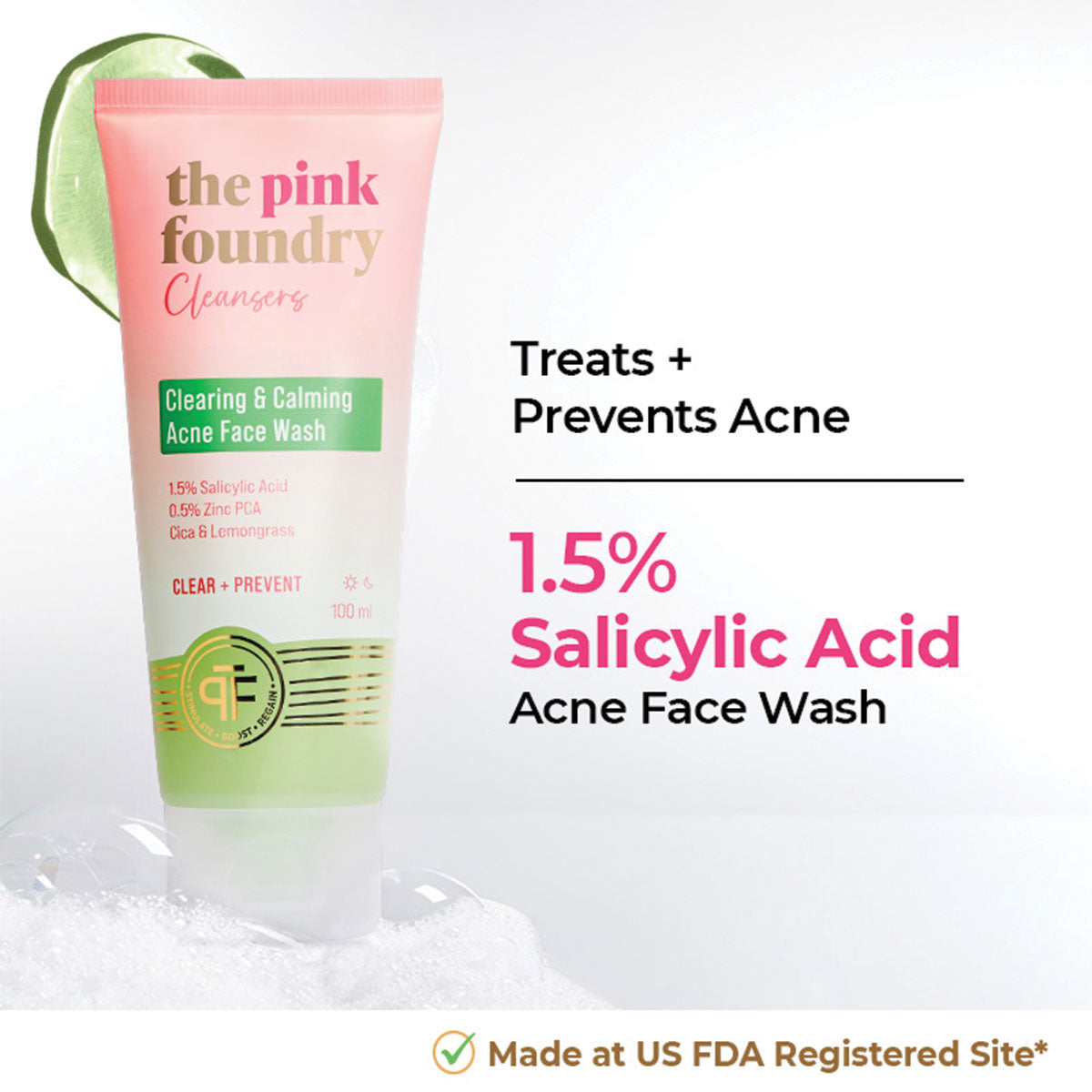
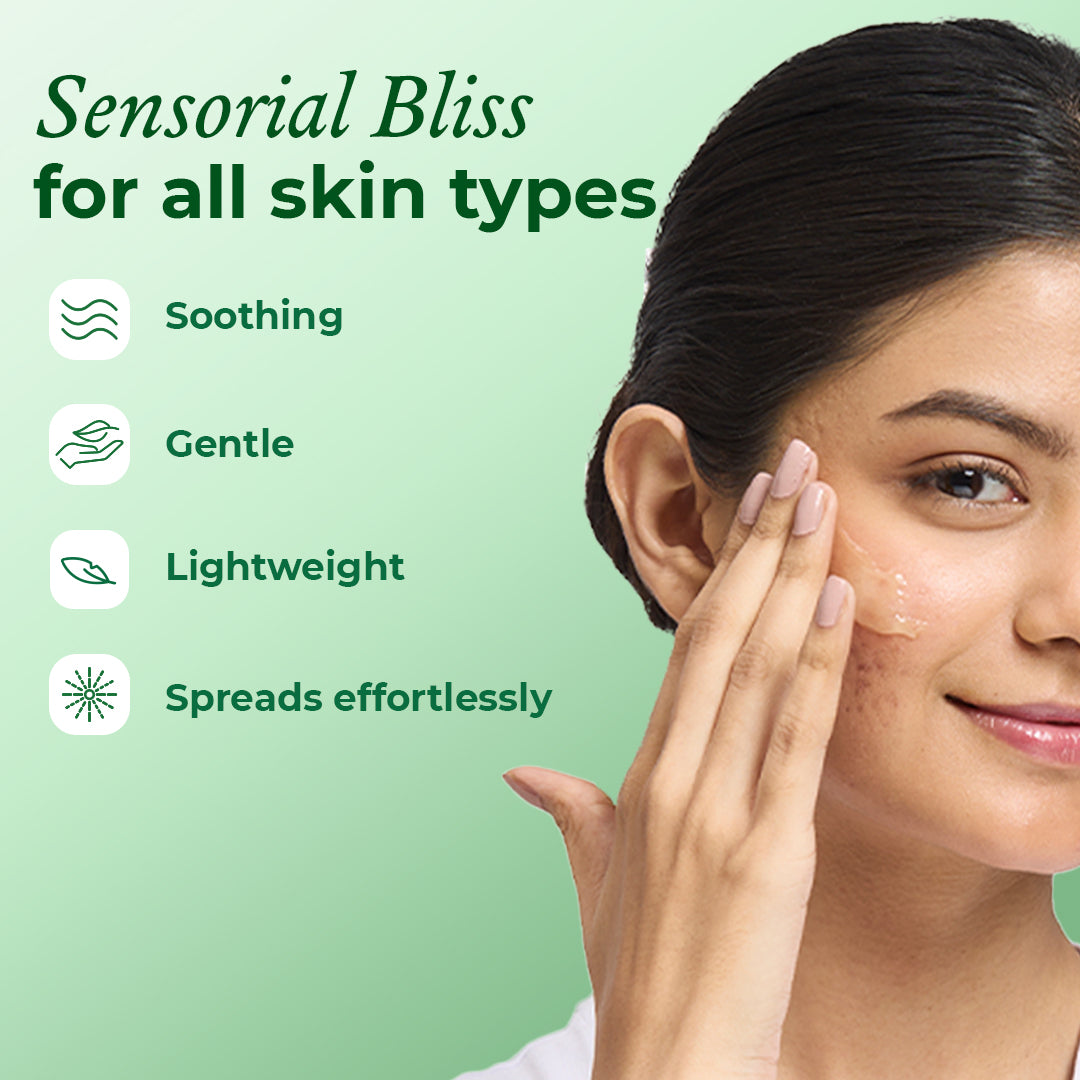
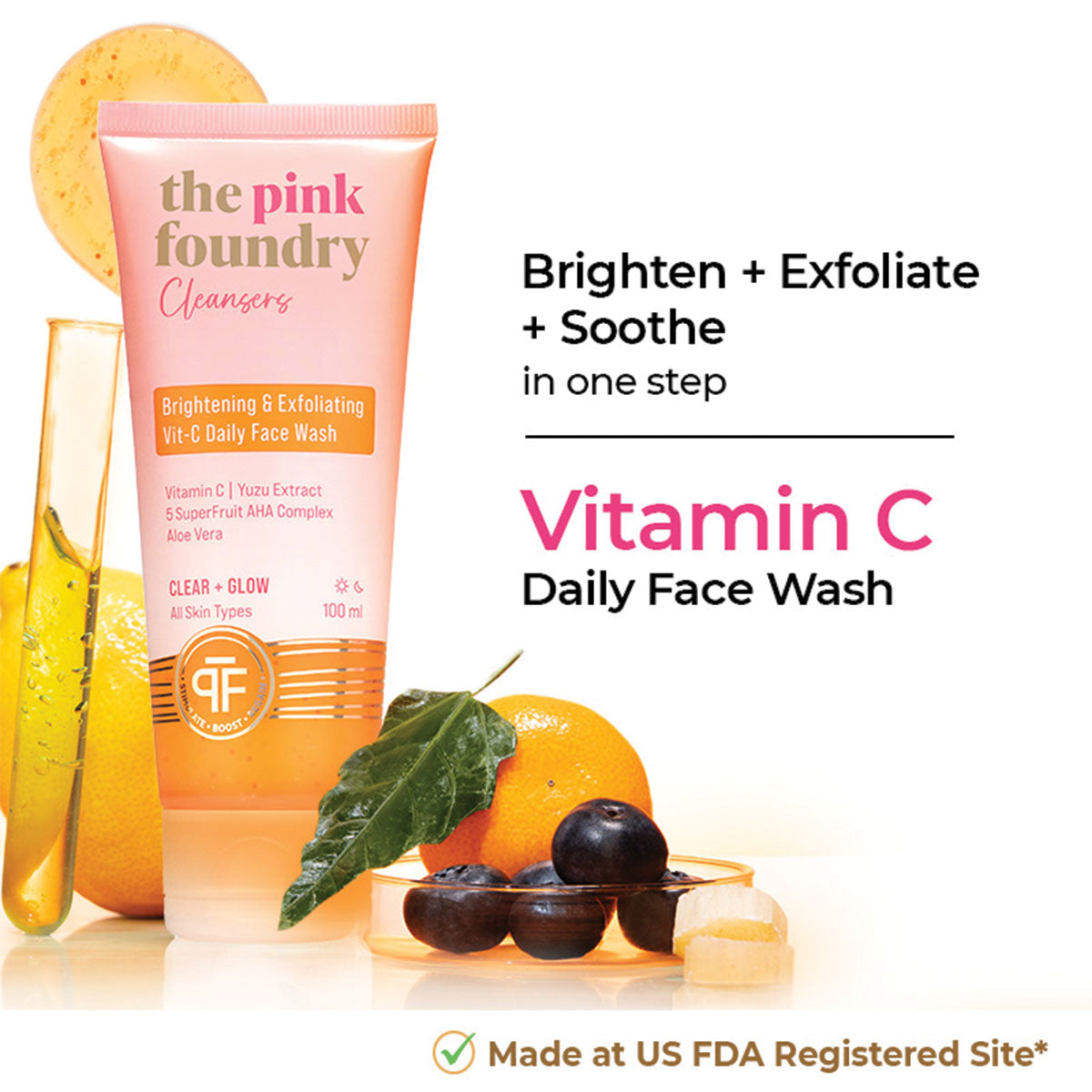
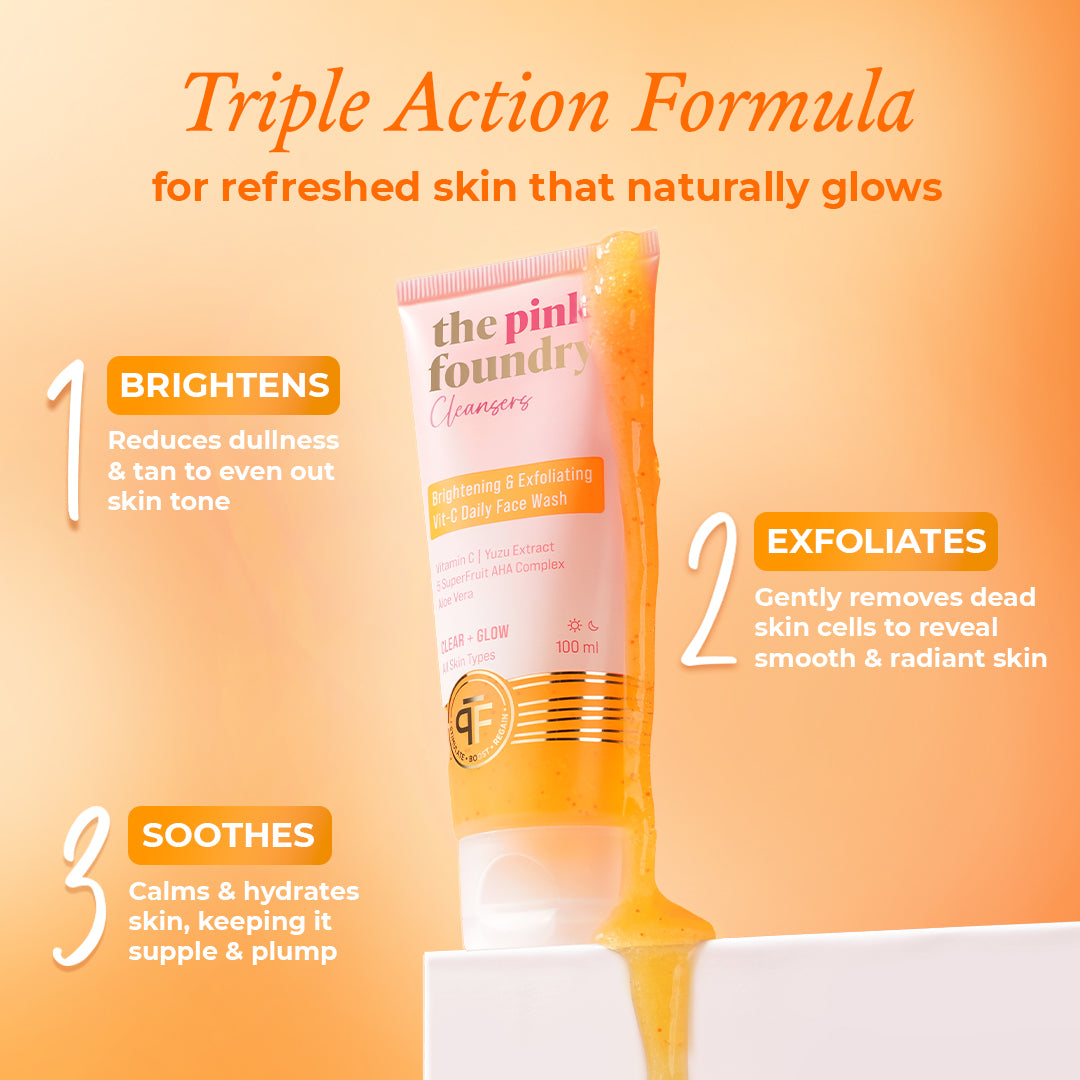

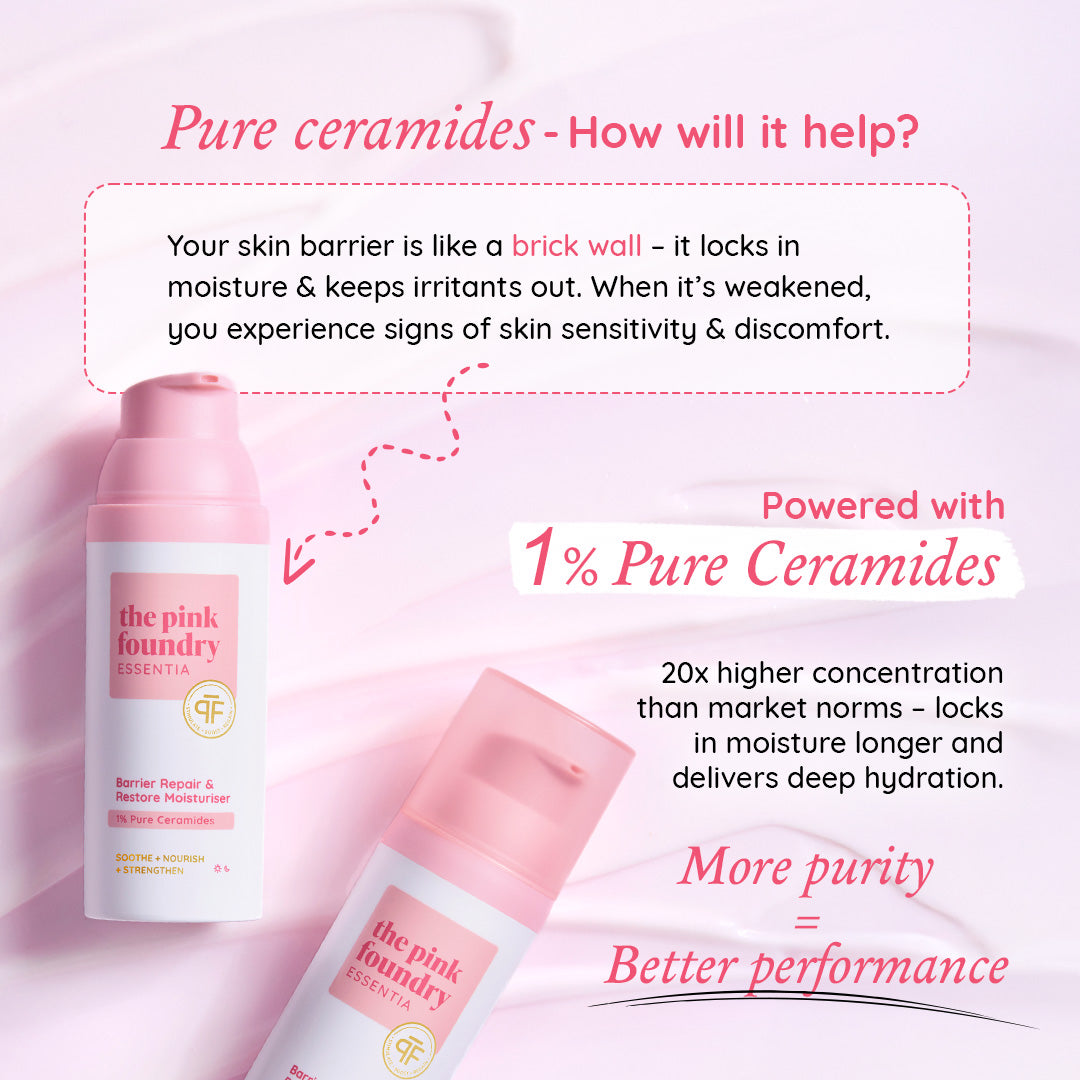




Leave a comment
This site is protected by hCaptcha and the hCaptcha Privacy Policy and Terms of Service apply.